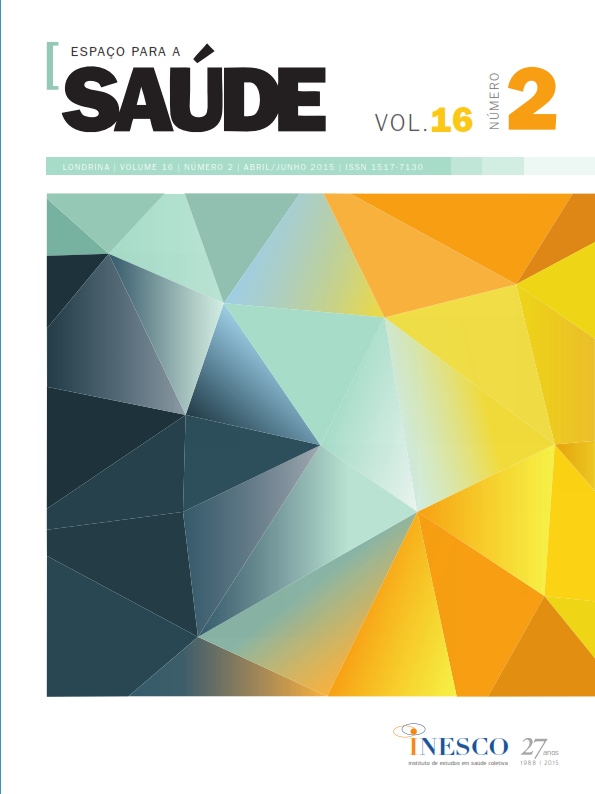MÉTODOS NÃO FARMACOLÓGICOS NO ALÍVIO DA DOR NO PARTO: PERCEPÇÃO DE PUÉRPERAS
DOI:
https://doi.org/10.22421/15177130-2015v16n2p37Keywords:
Dor do trabalho de parto, Trabalho de parto, Saúde da mulher,Abstract
OBJETIVO: avaliar a percepção de puérperas sobre o uso de métodos não farmacológicos para alívio da dor. MÉTODO: Estudo do tipo transversal e descritivo. A pesquisa foi realizada com 11 puérperas em uma maternidade de Campina Grande, Paraíba, Brasil. RESULTADOS: Os resultados mostram que os métodos não farmacológicos utilizados pelas parturientes foram suporte contínuo (73%), massagem (36%), exercício respiratório (55%), exercício de relaxamento (27%) e banho de chuveiro (36%). As entrevistadas relataram que o uso dos métodos não farmacológicos foi uma experiência positiva, com diminuição no tempo do trabalho de parto, sensação de bem-estar, e redução no alívio das dores. O acompanhante foi citado como o principal amenizador da solidão durante o trabalho de parto. CONCLUSÃO: Conclui-se que os métodos utilizados nesta maternidade tiveram efeitos positivos na experiência do trabalho de parto e parto.
Downloads
Published
How to Cite
Issue
Section
License
Copyright (c) 2015 Espaço para a Saúde

This work is licensed under a Creative Commons Attribution 4.0 International License.
Authors who publish in this journal agree to the following terms:
- Authors grant the journal the copyright, with the work simultaneously licensed with Creative Commons CC BY, which allows the sharing of work with recognition of authorship and initial publication in this journal.
- Authors are authorized to assume additional contracts separately, for non-exclusive distribution of the version of the work published in this journal (e.g., to publish in an institutional repository or as a book chapter), with authorship recognition and initial publication in this journal.
- Authors are permitted and encouraged to publish and distribute their work online (e.g., in institutional repositories or on their personal page) at any point before or during the editorial process, as this can generate productive changes, as well as increase the impact and the citation of the published work (See The Effect of Free Access).






